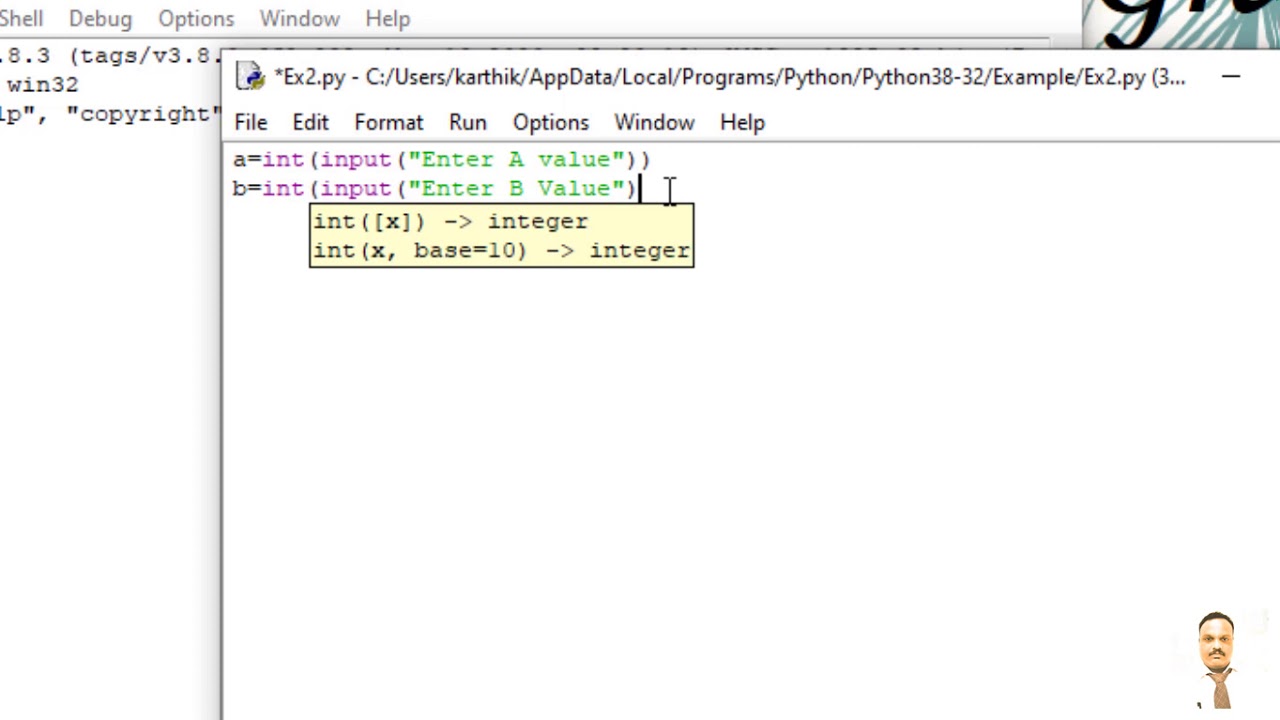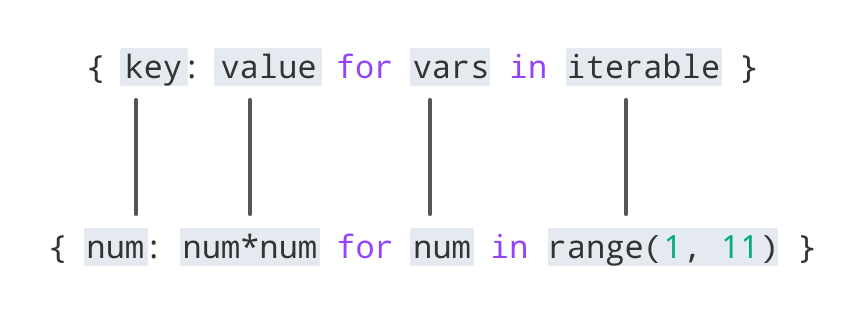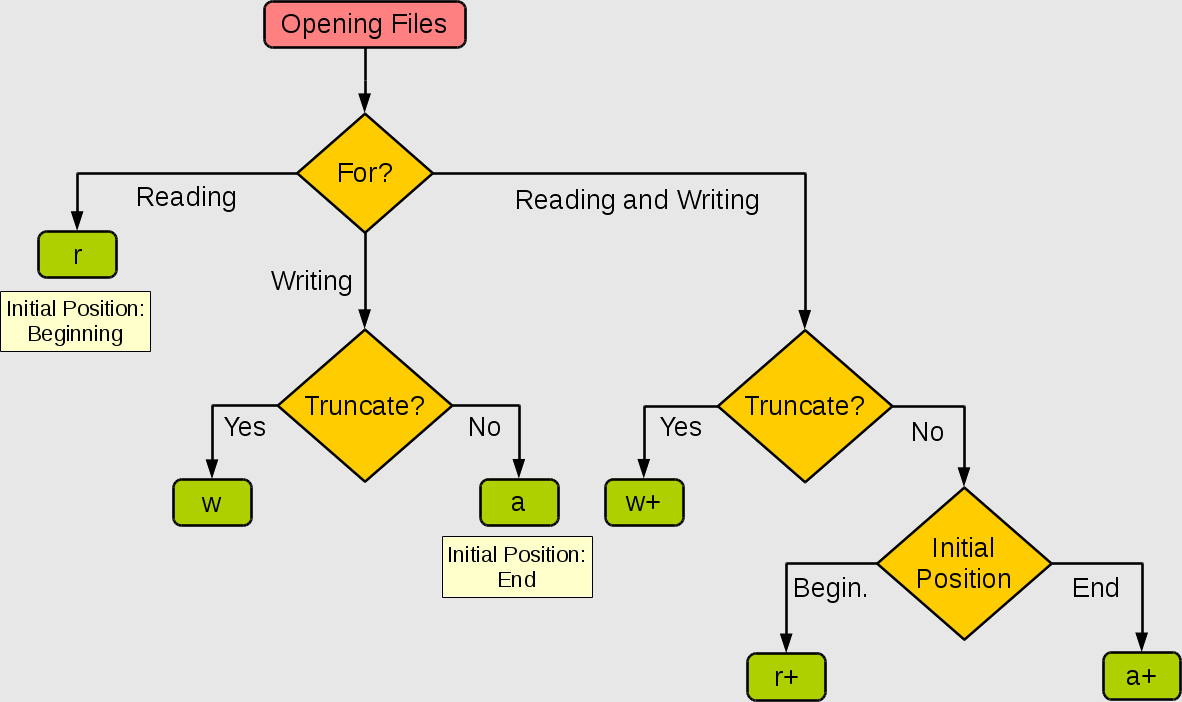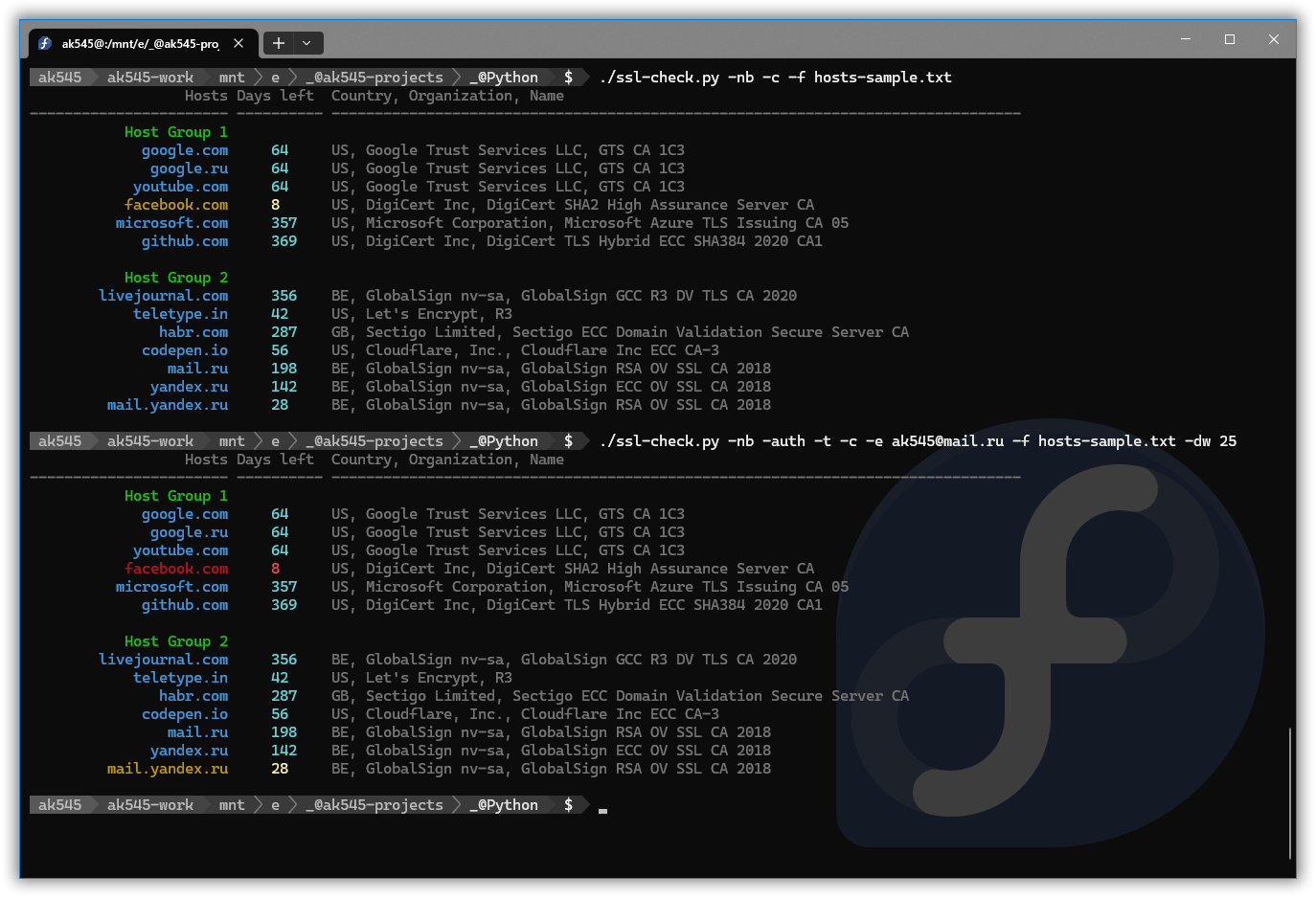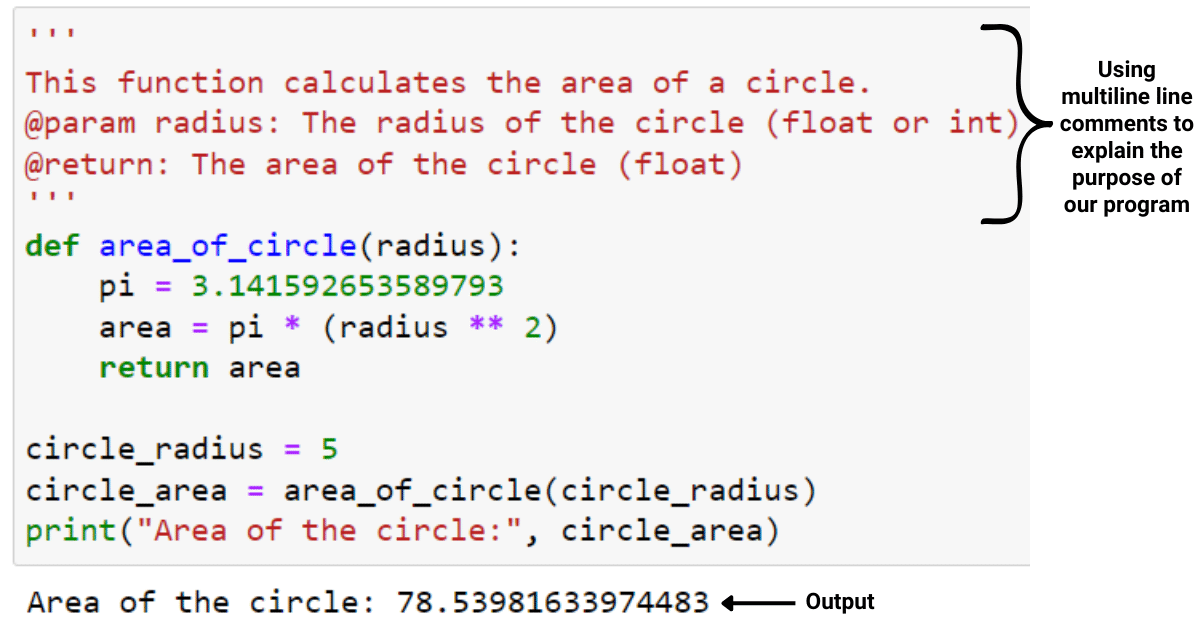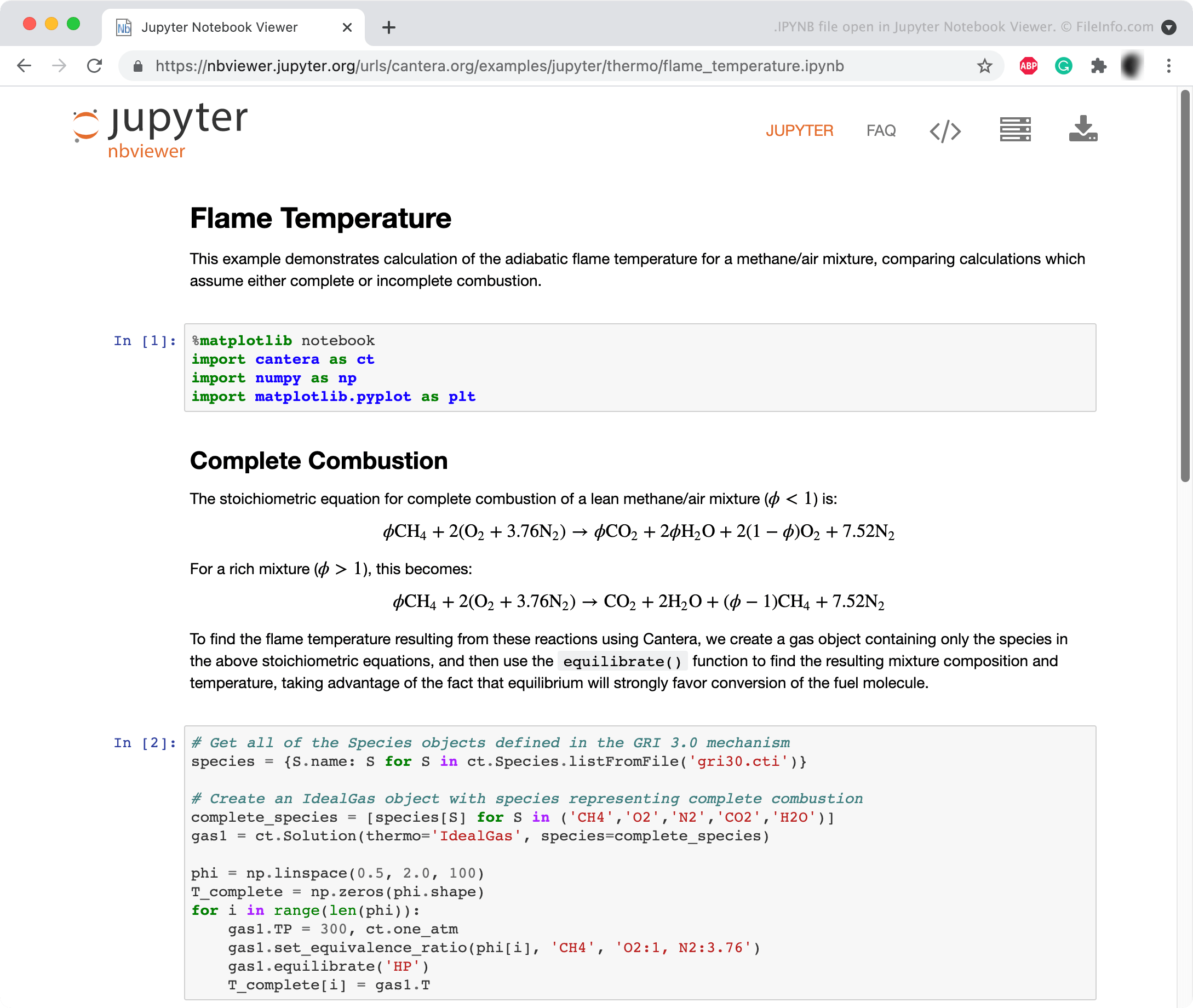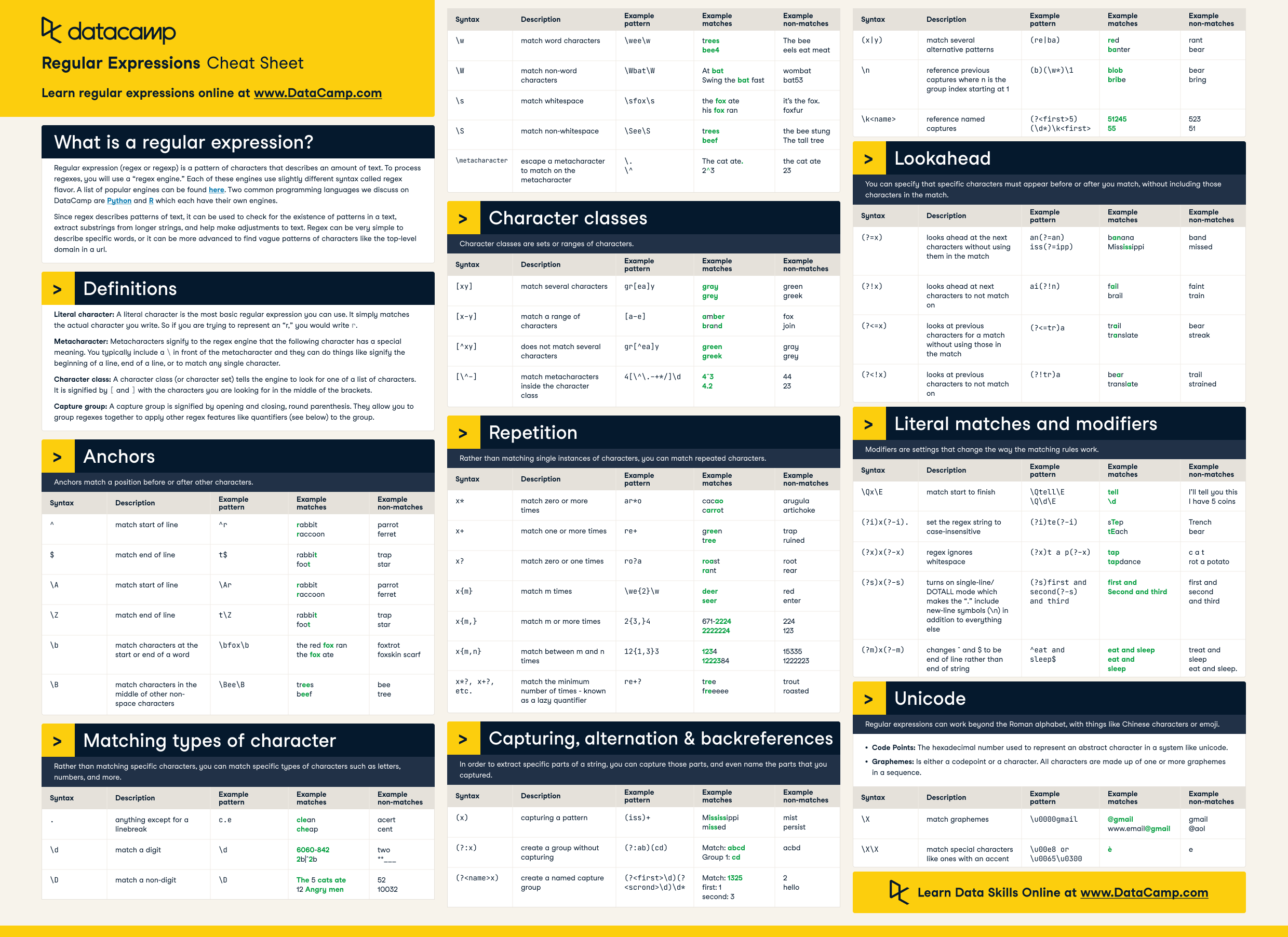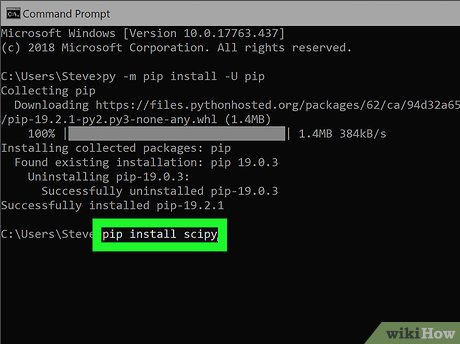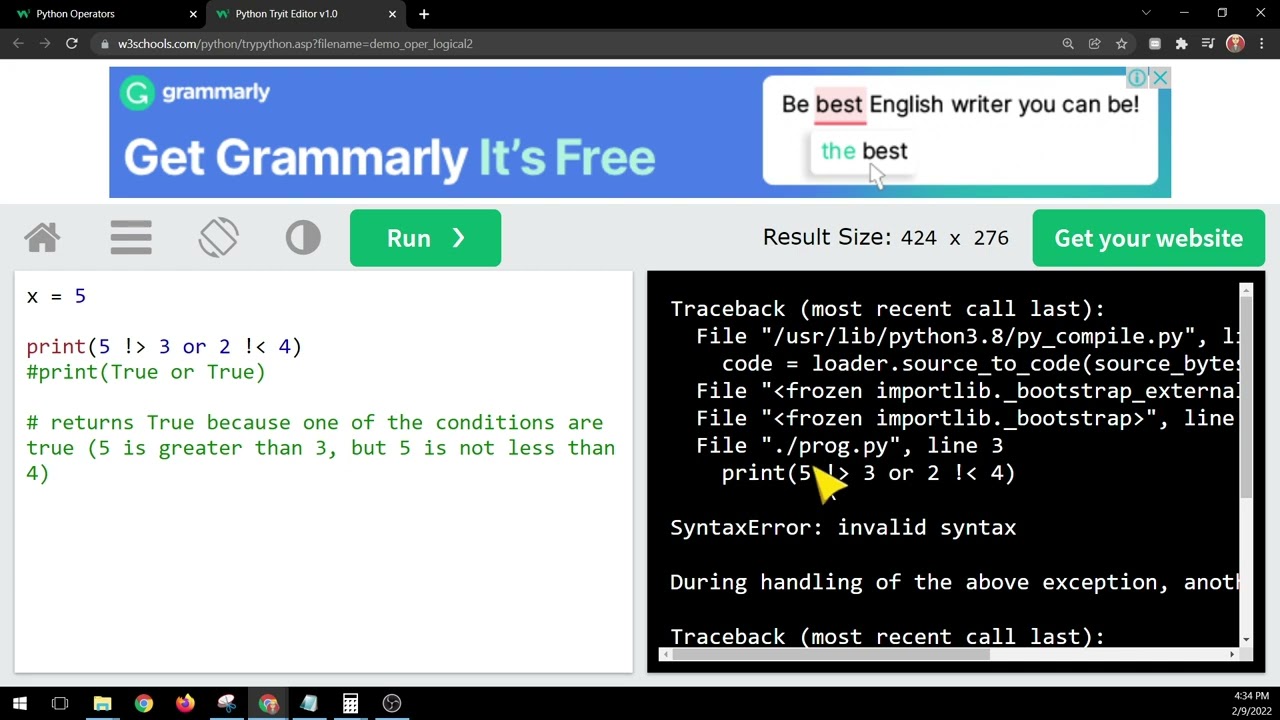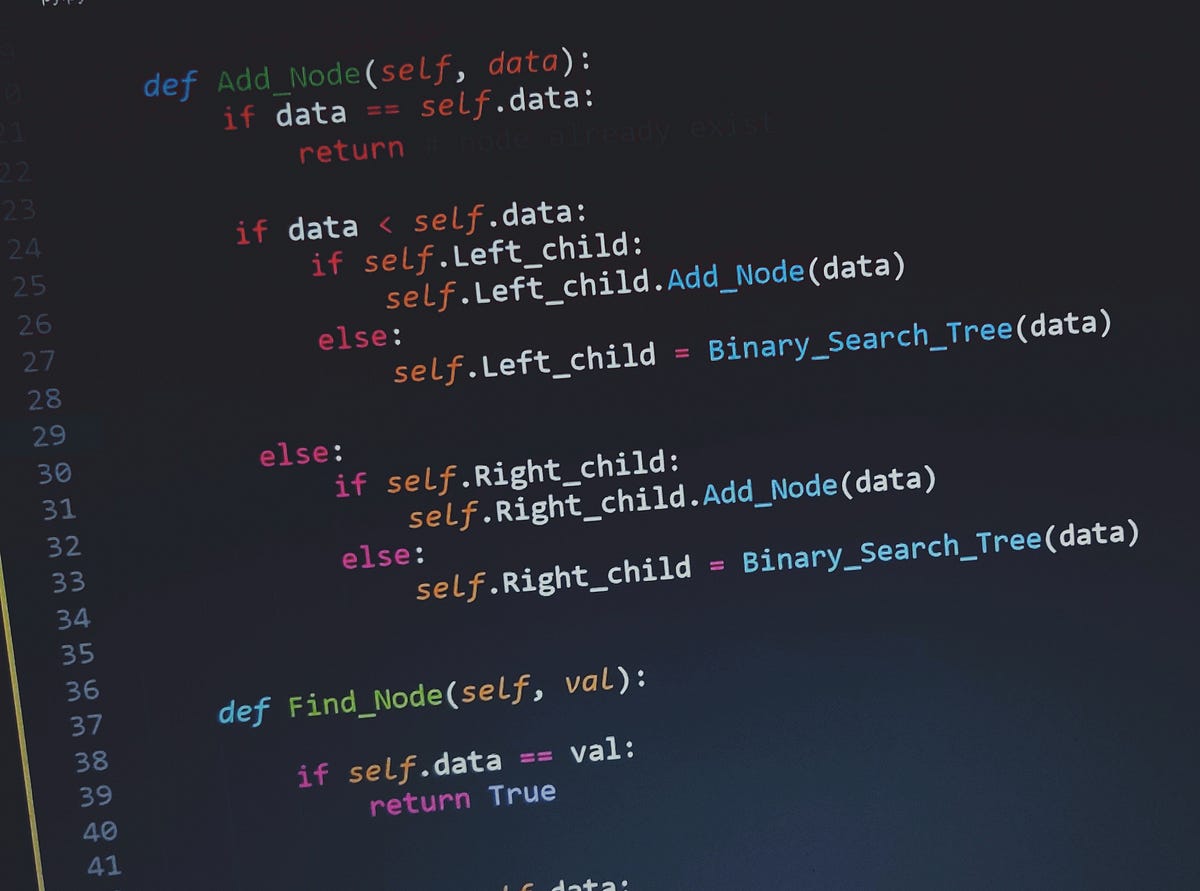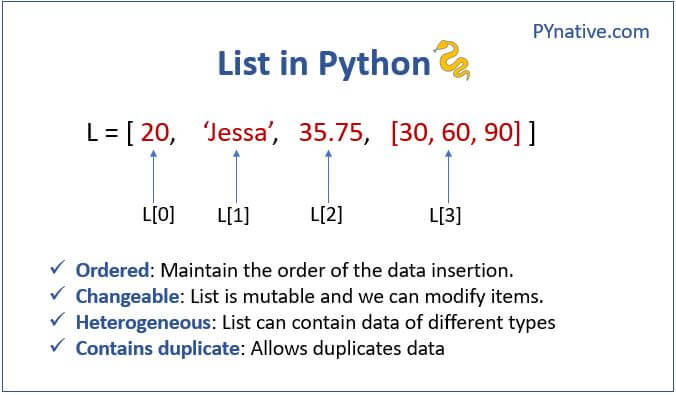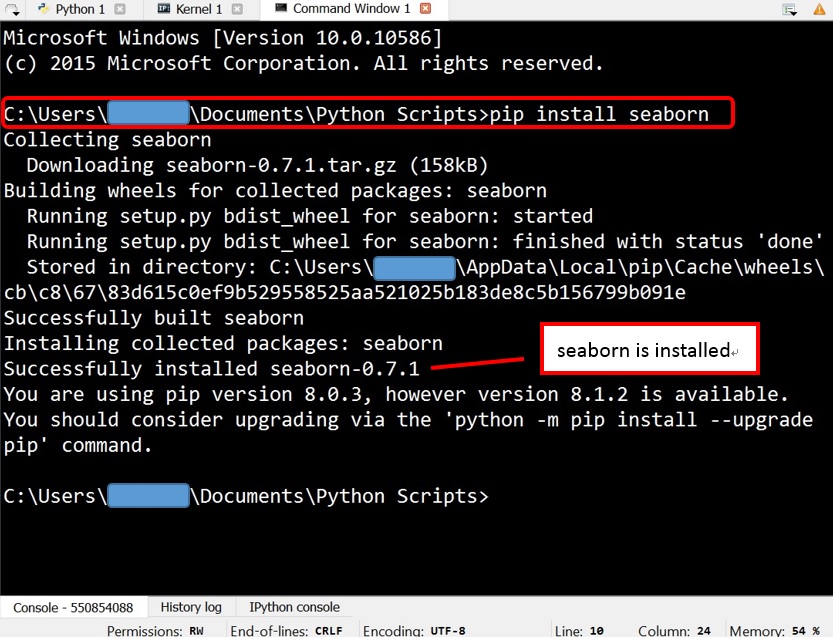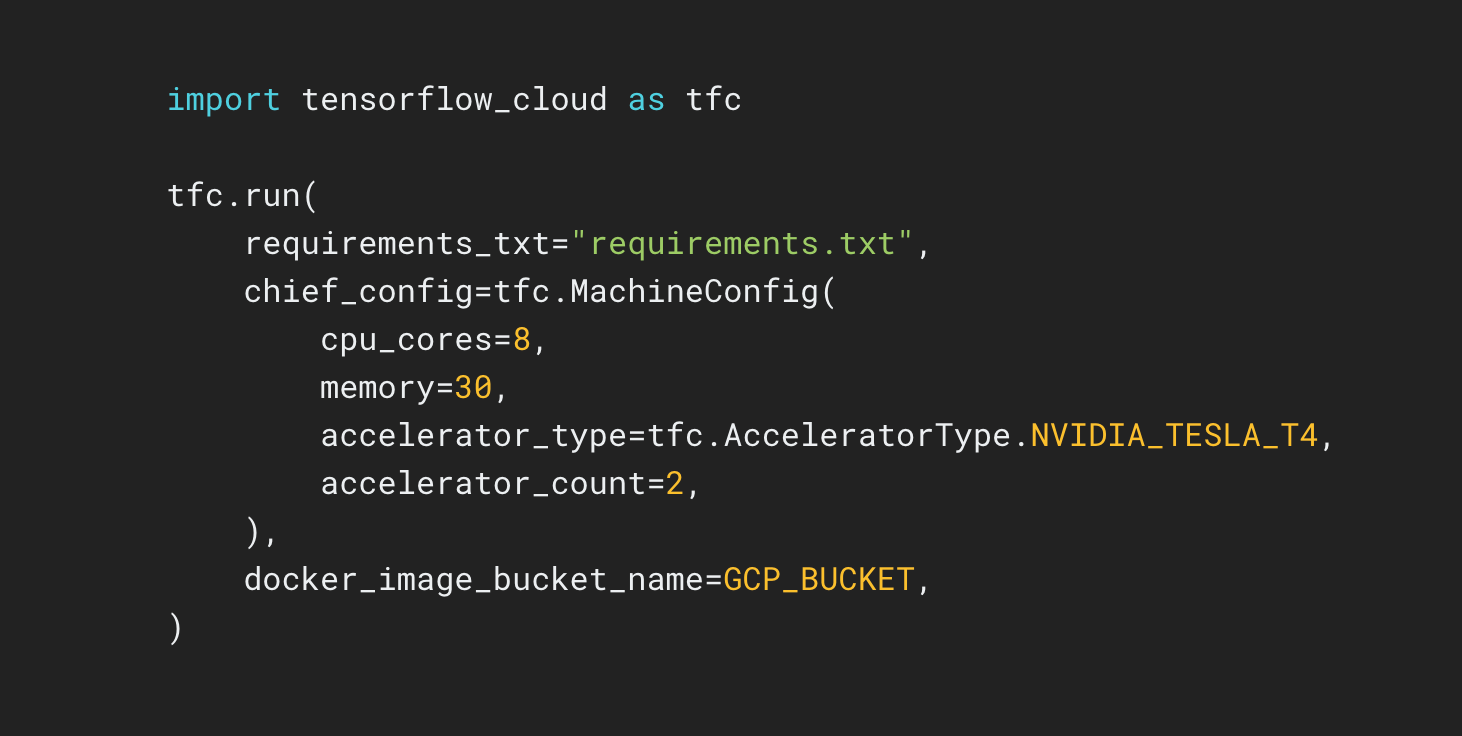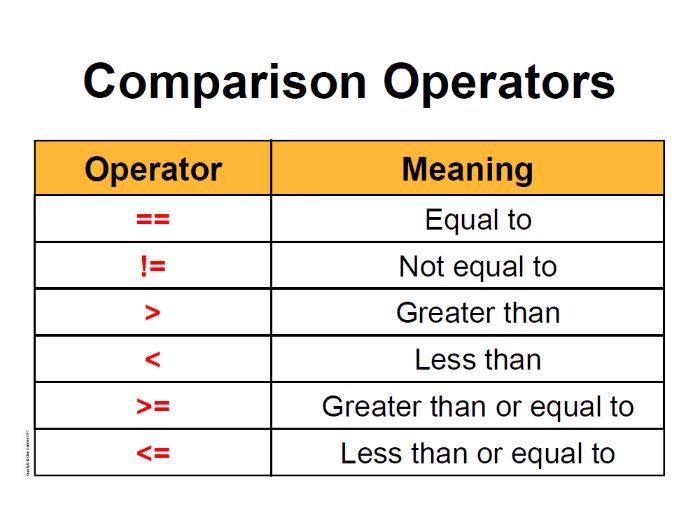How to read a file in Python
How to read a file in Python
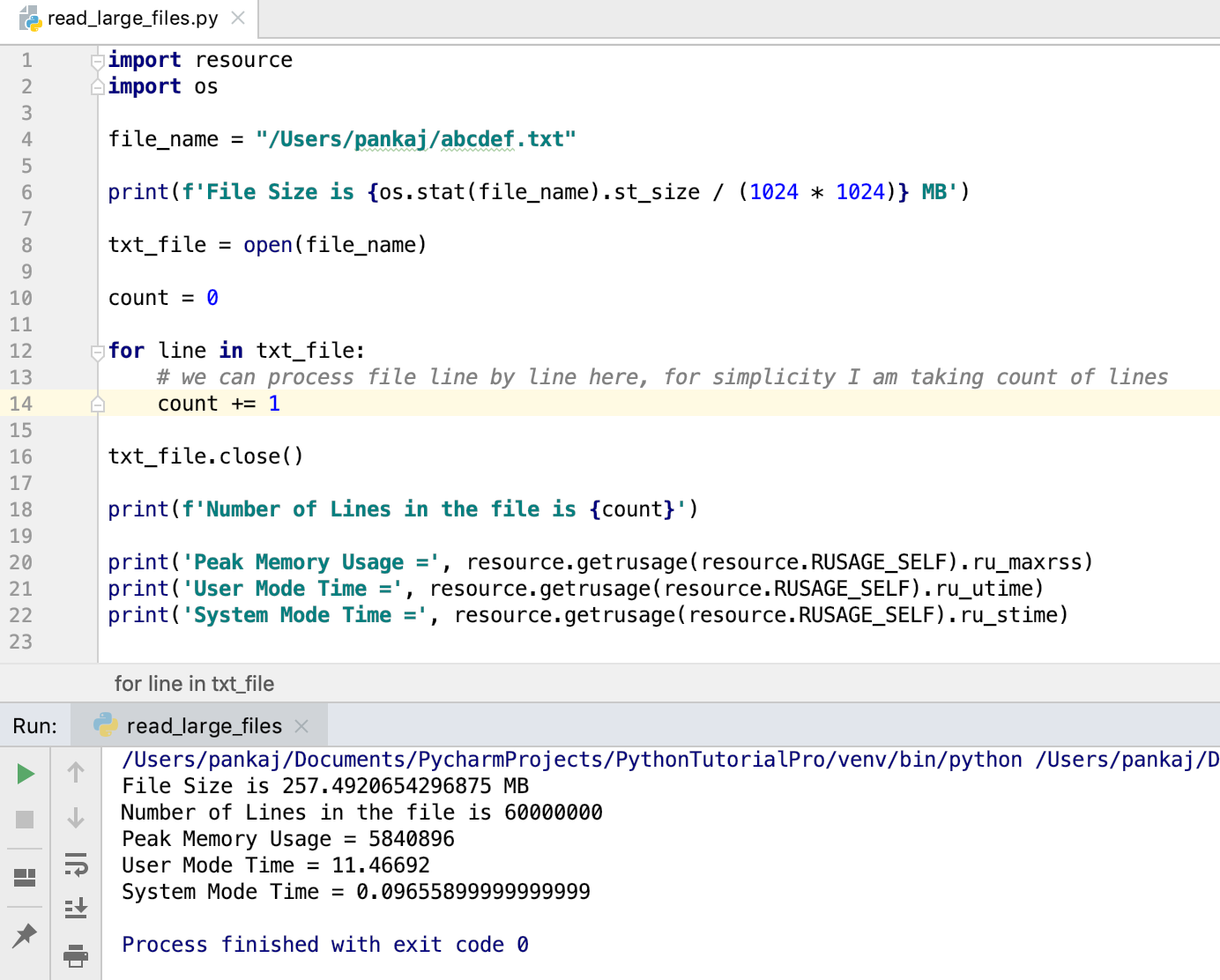
I'm happy to help! Here's how you can read a file in Python:
Python provides several ways to read files, and the most common method is using the built-in open() function.
Method 1: Using open() Function
The open() function returns a file object, which allows you to read or write the contents of the file. To read the file, you can use the read() method:

file_name = 'example.txt'
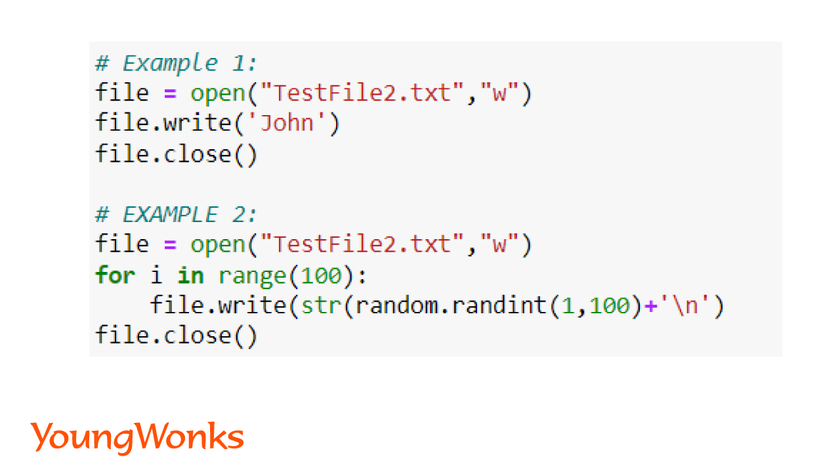
try:
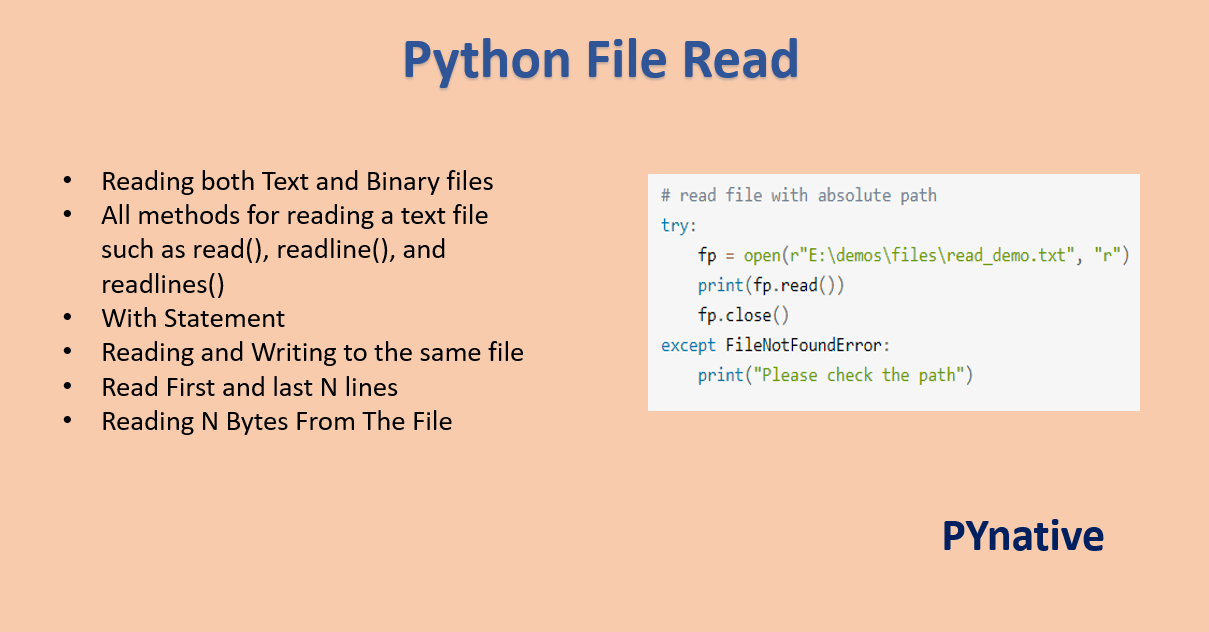
with open(file_name, 'r') as f:
content = f.read()
except FileNotFoundError:
print(f"Sorry, the file {file_name} does not exist.")
In this example, we're opening a file named example.txt in read mode ('r'). The with statement ensures that the file is properly closed after it is no longer needed. If the file doesn't exist, the code will catch the FileNotFoundError and print an error message.
Method 2: Using readlines() Method
Another way to read a file is by using the readlines() method, which returns all the lines of the file as a list:
file_name = 'example.txt'
try:
with open(file_name, 'r') as f:
lines = f.readlines()
except FileNotFoundError:
print(f"Sorry, the file {file_name} does not exist.")
In this example, we're reading all the lines of the file and storing them in a list called lines.
Method 3: Using read() with Encoding
If your file contains non-ASCII characters (like Unicode), you may need to specify an encoding when opening the file:
file_name = 'example.txt'
encoding = 'utf-8' # adjust this based on your file's actual encoding
try:
with open(file_name, 'r', encoding=encoding) as f:
content = f.read()
except FileNotFoundError:
print(f"Sorry, the file {file_name} does not exist.")
In this example, we're opening a file that contains Unicode characters and specifying the utf-8 encoding.
Tips
Always handle potential errors (likeFileNotFoundError) when working with files. Make sure to close the file after you're done reading it. When reading large files, consider using a loop or generator expressions instead of storing all the contents in memory at once. If your file contains special characters or formatting, you may need to adjust your code accordingly.
I hope this helps!
How do you create a file and read it in Python?
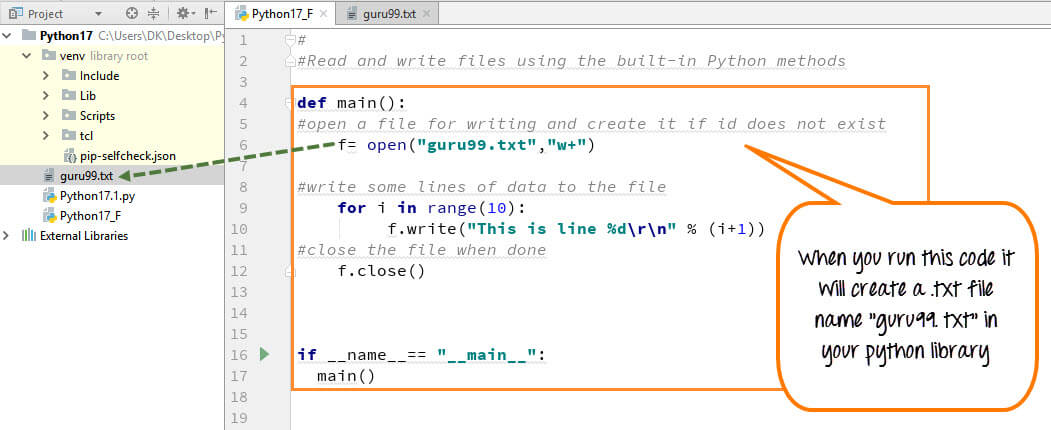
I'd be happy to help!
Creating a file and reading its contents are fundamental operations in programming, and Python makes them quite straightforward. Here's how you can do it:
Creating a File:
To create a new file in Python, you'll need to use the built-in open() function, which returns a file object. The basic syntax for creating a new file is as follows:
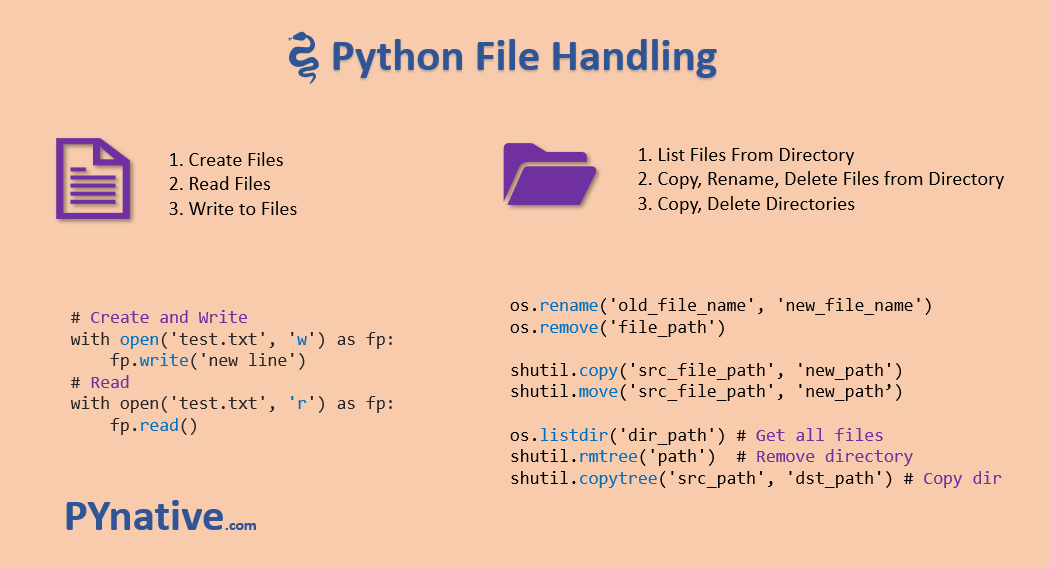
file_object = open("filename.txt", "w")
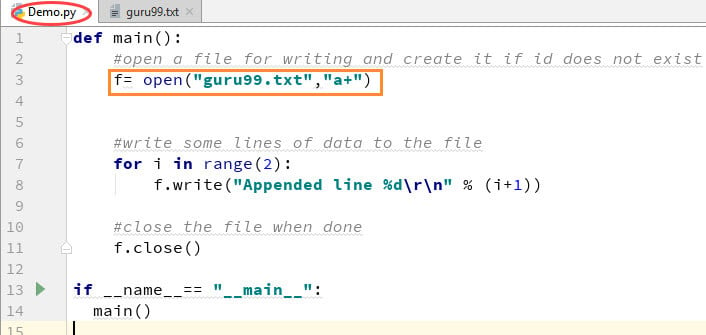
In this example:
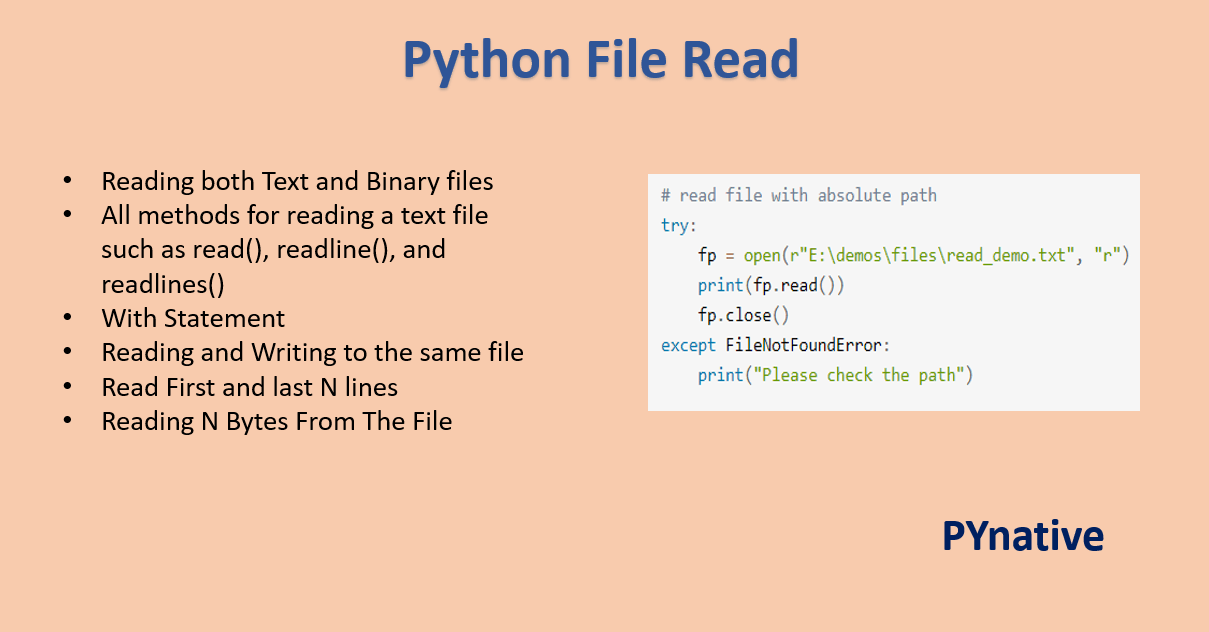
"filename.txt" is the name of the file you want to create. "w" stands for "write mode." This means that the file will be created if it doesn't exist, and its contents will be overwritten if it does.
To actually write some content into your newly minted file, use the write() method:
file_object.write("Hello, World!")
This code writes the string "Hello, World!" into your file.
Reading a File:
Now that you've got some text written to your file, let's talk about how to read it. To do so, use the open() function again, this time with a different mode:
file_object = open("filename.txt", "r")
In this case:
"filename.txt" is still the name of the file you want to read. "r" stands for "read mode." This tells Python that you only want to access the file's contents, not modify them.
To actually get your hands on those contents, use a loop like this:
for line in file_object:print(line.strip())
This code reads each line from the file and prints it to the console. The strip() method is used to remove any trailing newline characters (n) that might be present.
Putting it all Together:
Here's a complete example that demonstrates how to create a file, write some content into it, and then read those contents back out:
def create_and_read_file(): Create the file in write modewith open("my_example.txt", "w") as file_object:
file_object.write("This is an example.n")
file_object.write("It has two lines of text.")
Open the file in read mode and print its contentswith open("my_example.txt", "r") as file_object:
for line in file_object:
print(line.strip())
create_and_read_file()
This code creates a new file named "my_example.txt" containing two lines of text, then prints those lines to the console.
And that's it! You now know how to create and read files using Python.


